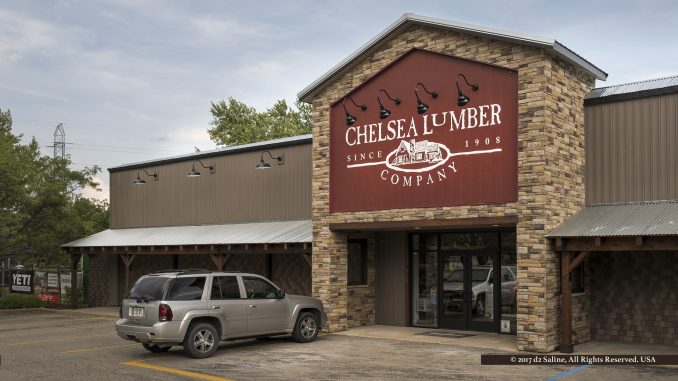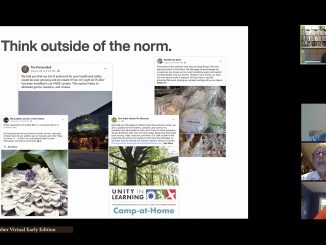
Just before summer began, The New York Times ran a feature article that said American retail had reached a historic “tipping point.” As proof, they went on to note how demand for once prime direct-to-customer sales space was being replaced by signed leases for properties serving online order fulfillment centers. [1]
Yet when you are shopping with any number of the vibrant Saline merchants all along East Michigan Avenue, your gut tells you otherwise. With any merchant you visit. You seek out Chelsea Lumber for a baby-makes-three remodeling project on your home. You’re a repeat customer of Wags to Wiskers Pet Supplies as assurance that your older dog is eating food developed for his unique needs. You stop by Puff Puff Smoke Shop for just the right selection of cigars to top off your golf outing.
If this represents the actual experience of local retail, how could so many academics and respected news outlets get this story so wrong? And if they are wrong, would a visit to Saline help them get it right? [2]
The fundamental problem seems to be that they think shopping malls represent all retail. Again, you’re own experience tells you that shopping local is quite different.
Mall shoppers are attracted to things that make a mall a mall, such as inter-store variety and social element of process. Customers must accept the idea of a more drawn-out commitment to shop: “Well, since we’ve already parked the car and walked this far, we might as well ….” That’s how Sears and Victoria’s Secret drive traffic to one another.
Then Amazon.com came along and upped the ante on choices and tamped-down elements of inconvenience. More importantly, because their marketplace is virtual, they offered customers the opportunity to customize their own personal “Internet malls,” open 24/7. So, yes: Brick-and-mortar malls are in trouble.
But mall shopping isn’t how all shoppers shop. It’s not even how most shoppers shop a lot of the time.
Investor’s Business Daily acknowledged this in its post-holiday retail analysis last December. The mall model doesn’t apply when customers are shopping with a purpose, such as when they are “looking for just the right part” for a repair. This is when you walk into Junga’s ACE Hardware with a broken piece in a Ziploc baggie — no idea what it’s called — hand it to the clerk and say, “Can you get me another one of these?” Without hesitation, he does. Better still, he suggests an alternative less likely to break next time. Local retail is different. [3]
Every time we go into making a purchase, how we will be shopping determines where we choose to shop. So far, nowhere else (real or virtual) has proven itself a true alternative.
References
- “Is American Retail at a Historic Tipping Point?” Michael Corkery (April 15, 2017) The New York Times (April 15, 2017).
- “There is a retail bubble — and it’s bursting” Paul R La Monica, CNN Money (March 9, 2017).
- “Retailers Face 2017 ‘Reckoning,’ More ‘Sad Malls’ As Amazon Keeps Booming” Elaine Low, Investors Business Daily (December 29, 2016).



